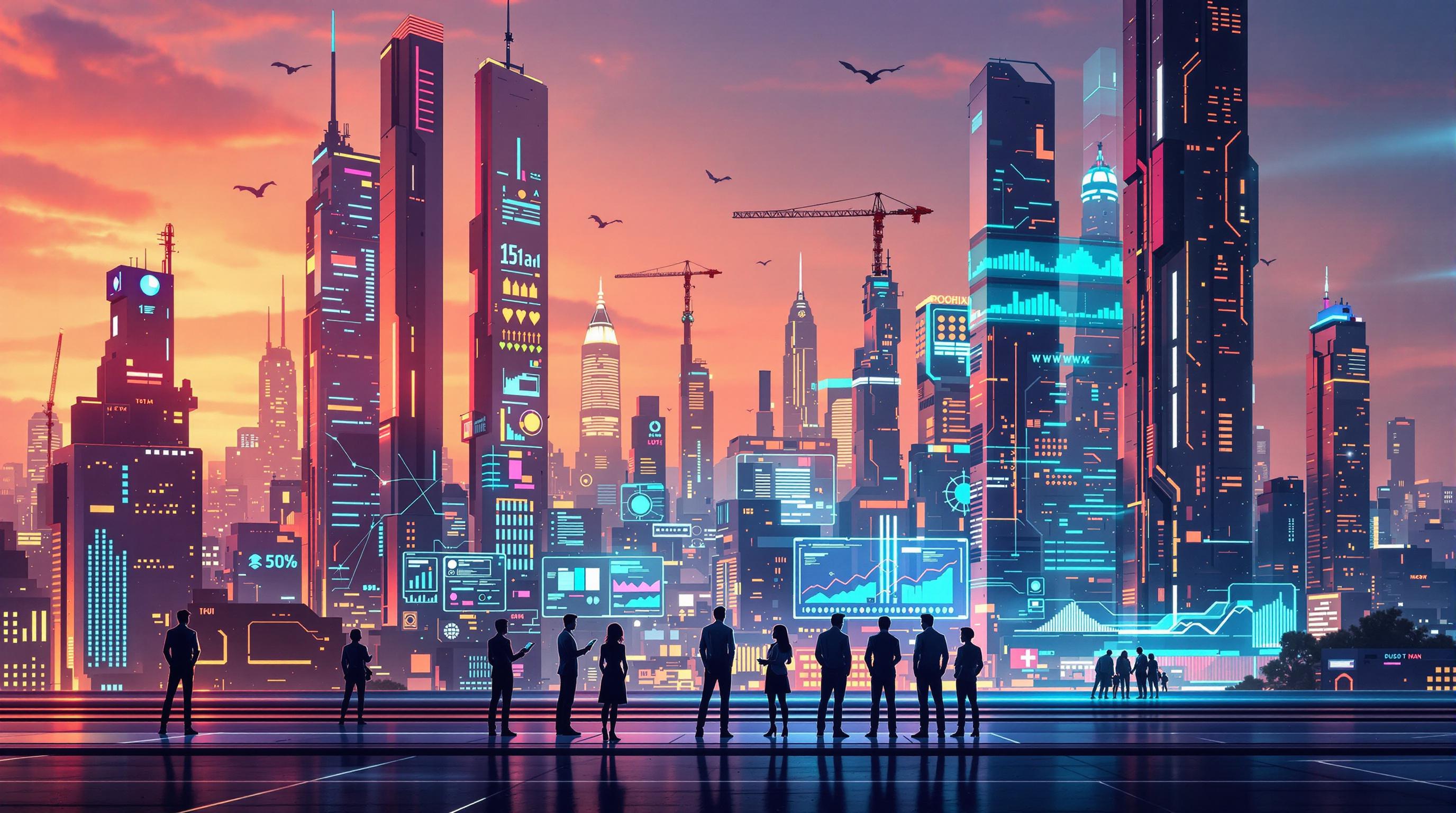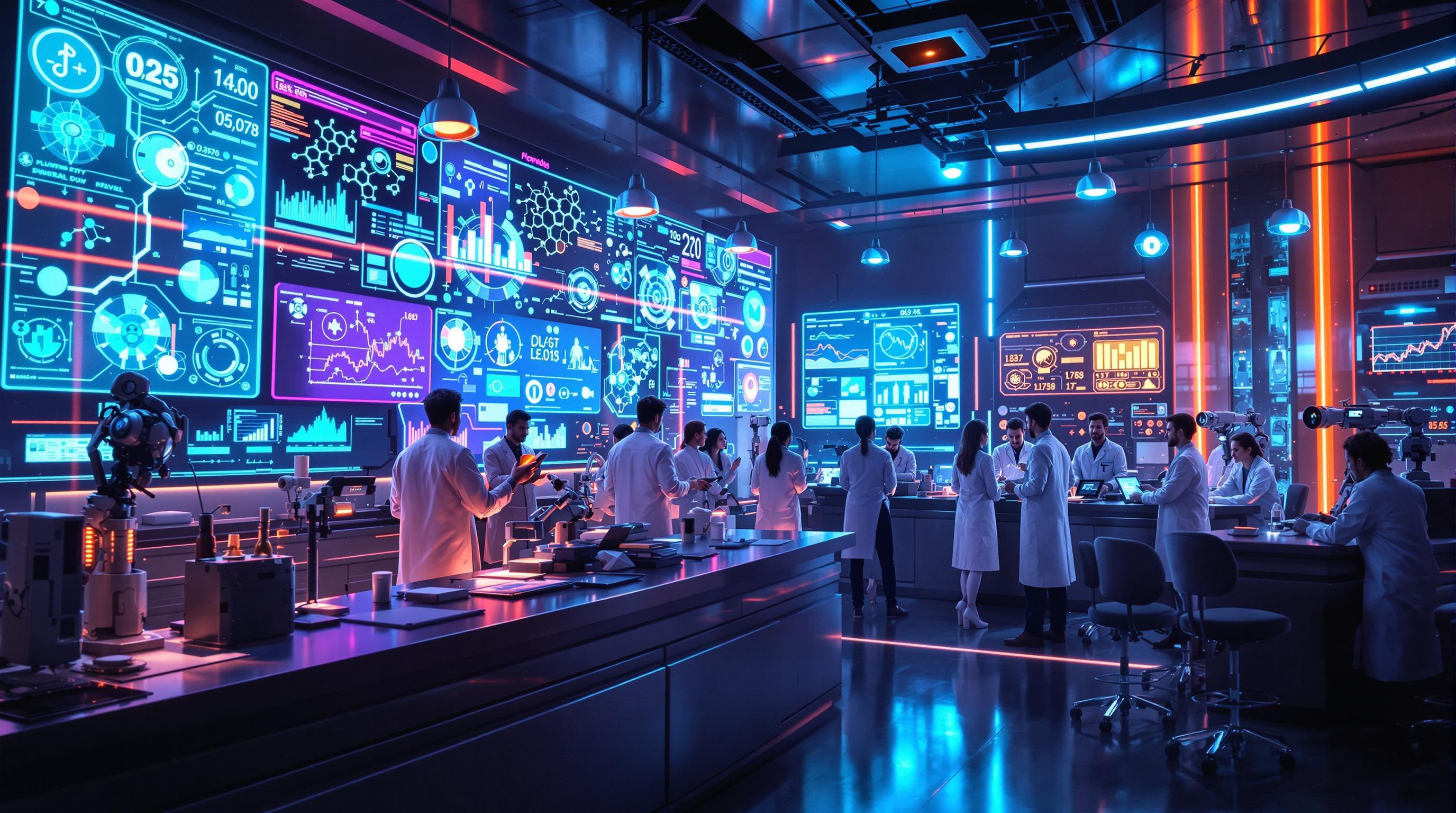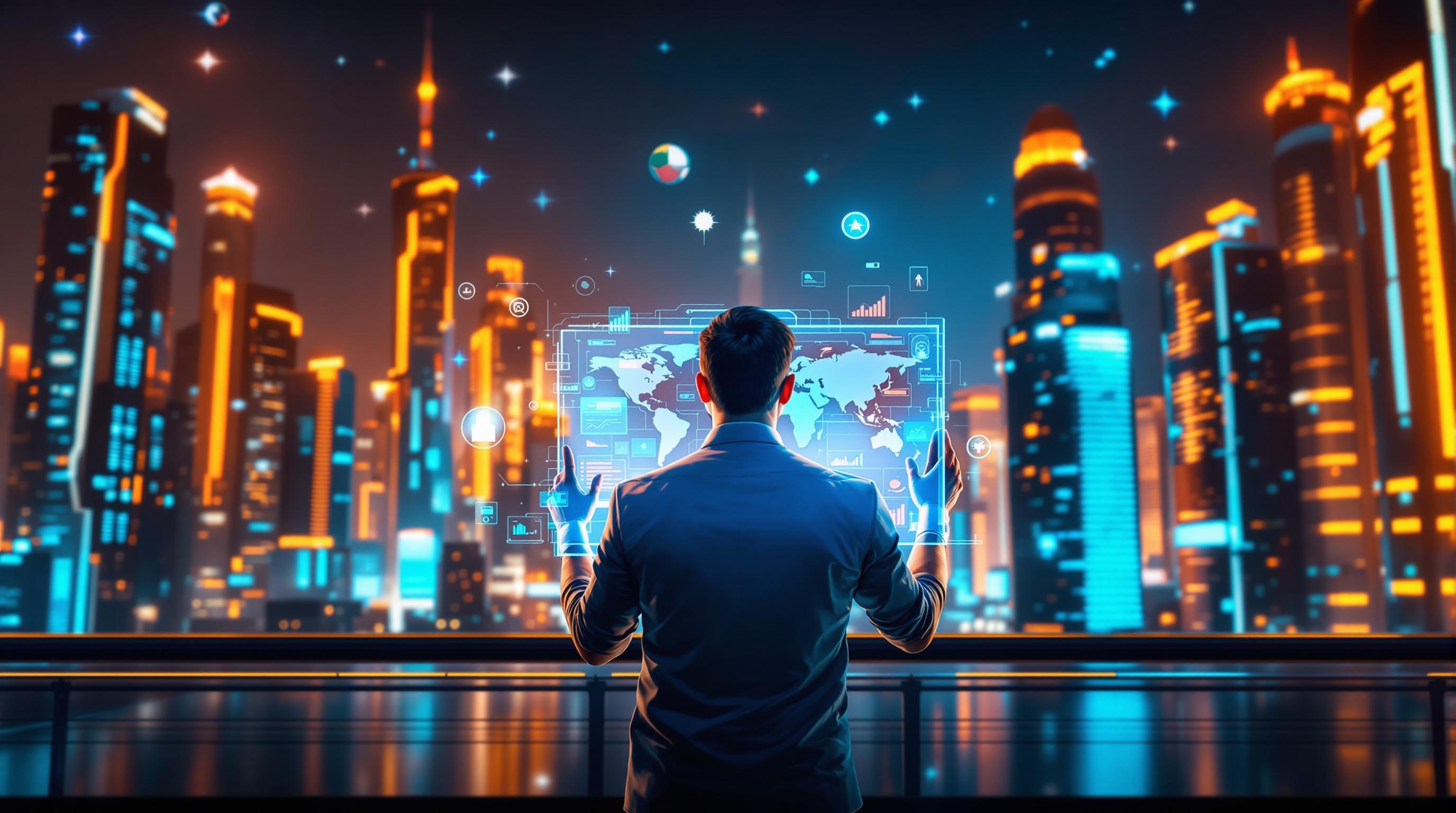AI lighting is transforming VFX by automating complex lighting tasks, speeding up workflows, and enhancing rendering efficiency. Here's what you need to know:
- What It Does: AI lighting predicts light behavior, adjusts settings, and optimizes rendering for faster results.
- Key Benefits: Faster production, cost savings, real-time previews, and simplified workflows.
- How It Works: Uses deep learning and neural networks to analyze scenes and make lighting predictions.
- Tools: Software like Unreal Engine 5’s Lumen and AI-powered ray tracing tools streamline lighting processes.
Quick Start:
- Use AI for repetitive tasks while keeping creative control.
- Test tools with small projects before full integration.
- Train your team and set up quality control checkpoints.
AI lighting blends technology and artistry, making VFX production more efficient while keeping the creative vision intact.
AI Lighting Technology Basics
Machine Learning for Light Prediction
AI systems rely on deep learning models trained with diverse datasets to analyze scene geometry, materials, and light sources. This allows them to make quick, real-time lighting predictions. These systems work by analyzing scenes, matching current conditions to learned patterns, and making adjustments as scenes change. Neural networks take this a step further by fine-tuning lighting performance based on these predictions.
Neural Lighting Systems
Neural networks break lighting tasks into smaller parts, enabling simultaneous processing. This reduces rendering times while maintaining quality. Today's methods often blend traditional rendering techniques with AI-driven tools like denoising, boosting efficiency during production.
AI-Powered Ray Tracing
AI-enhanced ray tracing leverages machine learning to predict light paths and optimize rendering. By analyzing scene complexity and light bounce patterns, it shifts resources to the most important areas. This method is reshaping modern VFX workflows, making lighting calculations faster and more efficient.
Switchlight AI and Unreal Engine for relighting footage

AI Lighting Software Guide
This section dives into top AI lighting tools, breaks down their features, and gives practical tips for incorporating these tools into VFX workflows.
Leading AI Lighting Programs
AI is transforming VFX workflows, and many major software suites now include AI-powered lighting tools. These tools provide real-time previews, smooth integration with render engines, and adjustable lighting settings to tackle specific challenges. As new tools emerge, VFX artists can expect even more options for handling complex lighting scenarios.
Software Feature Comparison
Early AI lighting tools focus on GPU acceleration, compatibility with standard formats, and flexible integration with existing pipelines. While detailed comparisons of these tools are still scarce, most aim to improve performance and streamline workflows. As the technology matures, more in-depth evaluations will help professionals choose the best options for their needs.
Adding AI Tools to VFX Workflows
To bring AI lighting into your workflow, start by identifying problem areas like long render times or repetitive iteration cycles. Then, create a plan that includes:
- Testing new tools to ensure they fit your needs
- Training your team to use the software effectively
- Setting up backup processes for critical projects
- Establishing quality control checkpoints to maintain standards
Start with smaller pilot projects to test the balance between traditional methods and AI-driven techniques. This mix can help you maintain creative freedom while improving efficiency.
sbb-itb-f88cb20
AI Lighting Implementation Tips
Let's dive into how you can effectively implement AI tools for lighting, ensuring a balance between automation and creative control.
Balance Manual and AI Control
To get the most out of AI lighting, assign repetitive or time-consuming tasks to AI while keeping creative decisions in your hands. For example, let AI handle scenes with multiple light sources or tight production deadlines. Reserve manual adjustments for shots that demand detailed artistic input or require fine-tuning to make the visuals stand out.
Once roles are defined, it's time to tackle common challenges that may arise.
Problem-Solving Guide
Here’s how to address some frequent issues:
Inconsistent Light Prediction
- Check the quality of your training data. Poor data leads to unreliable results.
- Adjust sampling parameters to refine predictions.
- Combine AI with traditional rendering methods for better accuracy.
Performance Bottlenecks
- Keep an eye on GPU usage and reduce scene complexity when needed.
- Strike a balance between real-time preview quality and system performance.
Integration Issues
- Ensure plugins are compatible with your software.
- Regularly update drivers and related tools.
- Document your workflow to streamline troubleshooting.
Workflow Efficiency Methods
Boost your team's efficiency by incorporating these steps into your pipeline:
Pre-production Setup
- Develop reusable AI lighting presets to save time.
- Establish quality control checkpoints to catch errors early.
- Clearly define handoff procedures between departments.
Production Optimization
- Run AI processes simultaneously to speed up production.
- Use automated checks to catch inconsistencies or errors.
- Keep strict version control to avoid confusion.
Resource Management
- Schedule intensive processing during off-peak hours to avoid slowdowns.
- Monitor system performance to catch issues early.
- Always have backup workflows ready to minimize downtime.
What's Next in AI Lighting
New AI Lighting Methods
AI-driven lighting is changing how the VFX industry approaches illumination. With machine learning and neural networks, systems can now predict complex lighting scenarios by analyzing large datasets. This approach offers faster and more effective ways to create photorealistic lighting, stepping away from traditional ray tracing methods. These advancements are already making an impact on how productions are planned and executed.
Changes in VFX Work
AI lighting tools are reshaping how VFX teams work. By integrating these tools, teams can simplify setup processes and experiment more quickly. While routine tasks are automated, lighting artists still play a crucial role in overseeing and refining AI-generated results to ensure the final product aligns with their creative vision. This collaboration between technology and artistry is redefining workflows in the industry.
Ethics in AI Lighting
The rise of AI lighting also brings ethical questions to the forefront. Issues like creative ownership, maintaining quality, and ensuring transparency need to be addressed. Establishing clear guidelines for AI use will help maintain artistic integrity while embracing new technologies. These discussions will shape how AI lighting evolves, ensuring it complements the artistry of visual effects without overshadowing it.
Summary
Here's a quick recap and practical guide to help you integrate AI lighting into your VFX projects.
Key Advantages
- Faster production timelines using automated lighting predictions
- Increased rendering efficiency with AI-driven optimization
- Greater creative flexibility through real-time previews
- Simplified workflows by automating repetitive tasks
- Reduced production costs with quicker processing
- Smarter resource allocation using intelligent task distribution
Steps to Get Started
- Pinpoint areas in your workflow where AI lighting can have the most impact.
- Experiment with small pilot projects to explore AI lighting presets.
- Train your team on the new tools while keeping existing workflows as backups.
- Set up quality control checkpoints to ensure consistent results.
- Strike a balance between manual creative input and AI-driven automation.
- Regularly monitor and fine-tune system performance for better results.
- Keep a record of successful workflows and share those practices with your team.


